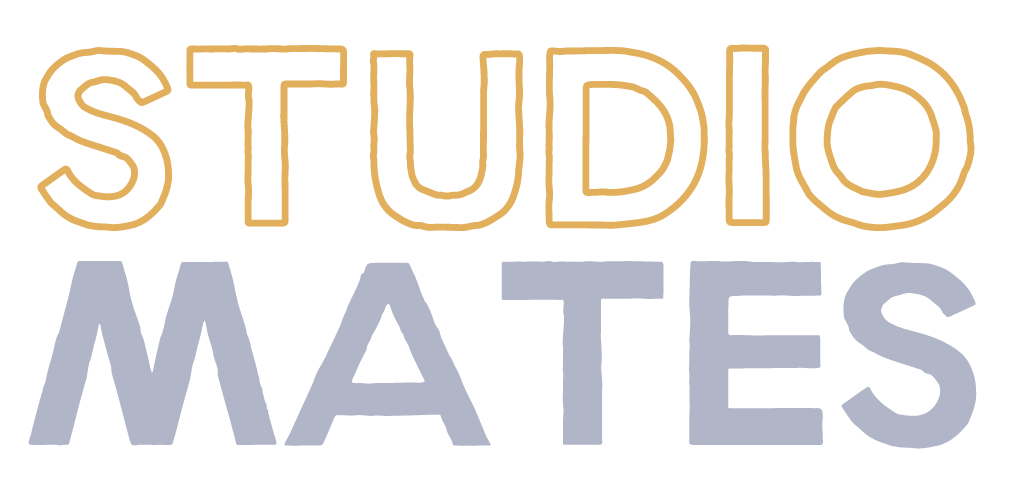Pricing Your Artwork: Strategies for Artists to Determine the Value of Their Work
Hey there, artists! Assigning a value to your creative masterpieces can be a bit of a puzzle, but we'll explore some helpful strategies to guide you through the process. So, grab your art inventory, and let's get started!
Research and Market Analysis: Begin by researching the art market, both locally and globally. Look into similar artists working in your style, medium, and subject matter. Explore galleries, art fairs, online platforms, and even local exhibitions to get a sense of the prices artworks similar to yours are selling for. Take note of the pricing trends and the factors that contribute to higher or lower values.
Consider Your Experience and Reputation: Your experience as an artist and your reputation in the art world can influence the value of your artwork. If you're an established artist with a strong track record, your artworks may command higher prices. On the other hand, if you're just starting out, you may want to consider a more moderate pricing approach to attract potential buyers and build your reputation (you can raise prices later, but we don’t recommend lowering them!).
Factor in Material Costs and Time Invested: When determining the value of your artwork, consider the material costs and the time and effort you've invested in creating them. Account for the cost of art supplies, canvas, framing, and any other expenses incurred during the creative process. Additionally, think about the hours, days, or weeks you dedicated to making the work. While it's important to cover your costs, strike a balance that aligns with market expectations.
Assess Size and Complexity: The size and complexity of your artwork can also impact its value. Larger pieces generally have higher prices due to the increased materials and effort involved. Similarly, intricate or highly detailed works may be priced higher to reflect the additional skill and time required. Take these factors into account when evaluating the value of your artwork.
Establish Consistency in Pricing: Consistency in your pricing strategy can contribute to your professional image as an artist. Consider establishing a pricing structure that is logical and easy to understand (like adding the height to the width and multiplying them by a number that represents your current career level or the complexity of the work, ie. 12” + 24” x 20 = $292). This consistency helps potential buyers navigate your portfolio and understand the value they can expect from your pieces.
Seek Feedback and Test the Market: When you're unsure about pricing, seek feedback from fellow artists, mentors, or trusted individuals in the art community. They can provide insights and opinions on the perceived value of your artwork. You can also test the market by offering your pieces at a low price, observing how buyers respond, and adjusting accordingly. If you are selling more than you can keep up with, it’s time to increase your prices!
Remember, pricing your artwork is a journey that evolves as your artistic career progresses. Research, analyze, consider your costs and time invested, and seek feedback. With a thoughtful approach, you'll find the sweet spot that reflects the value of your art while attracting the appreciation it deserves. Happy art making!
